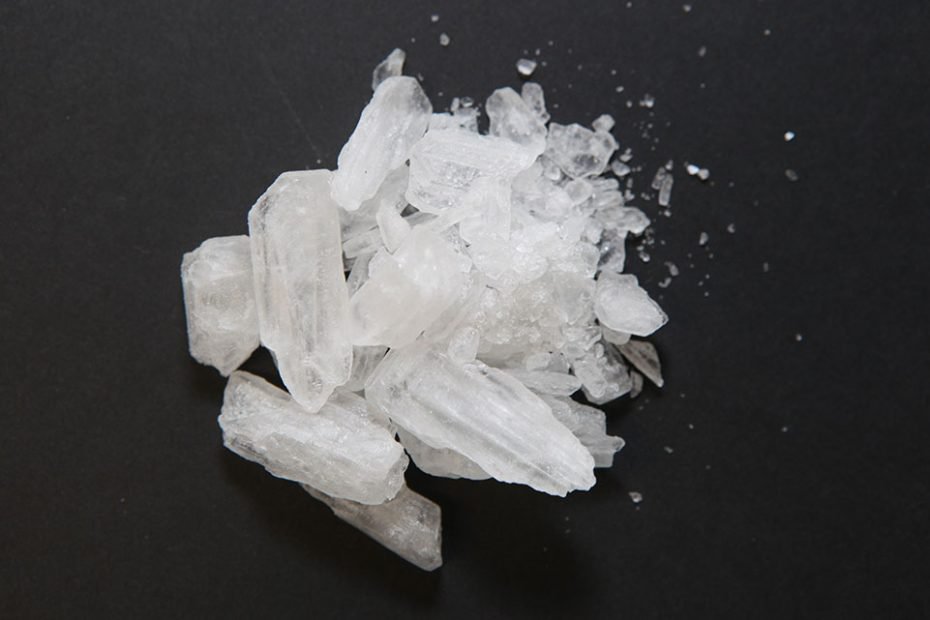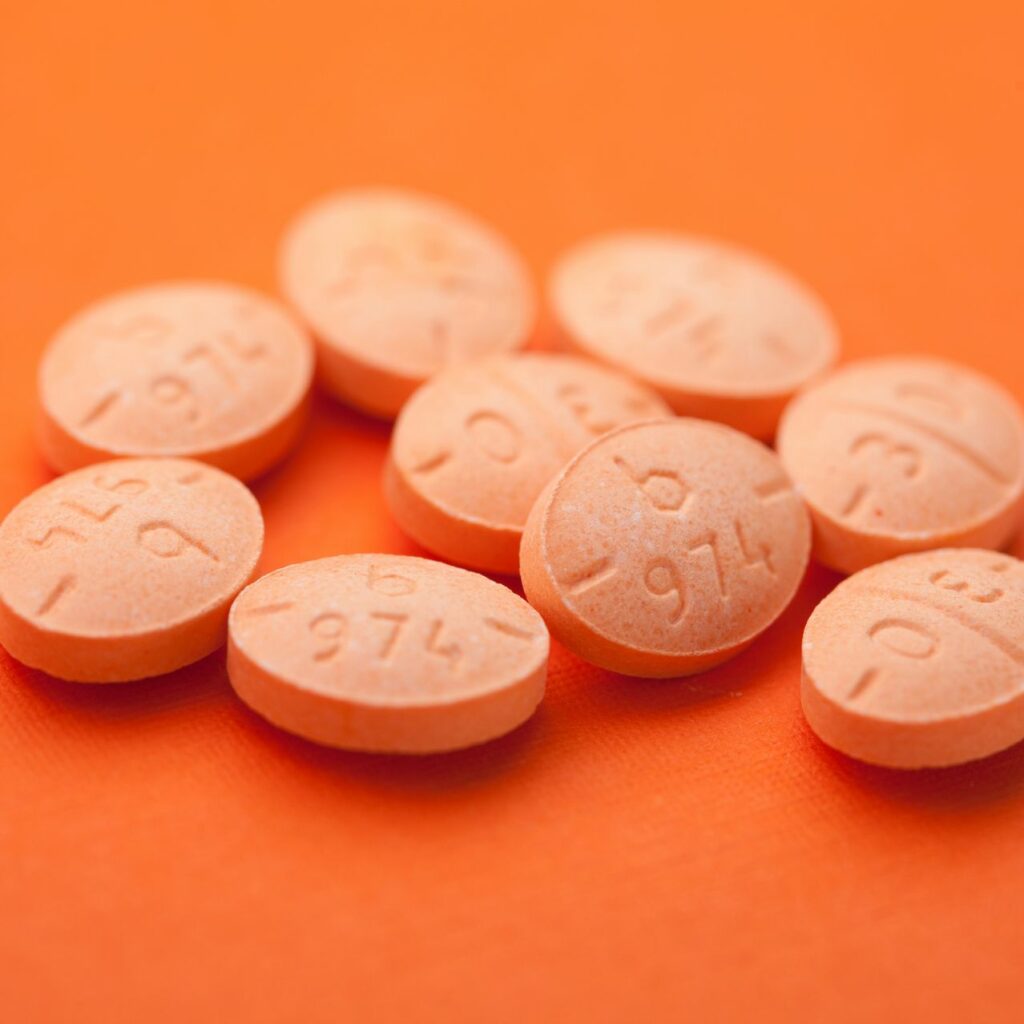- (592)226-0431


Photo of Crystalized Amphetamine

Adderall is a pharmaceutical agent classified as an amphetamine that is prescribed for the management of attention deficit hyperactivity disorder (ADHD) and narcolepsy. The composition of Adderall consists of a blend of amphetamine and dextroamphetamine. Adderall has the potential to induce addiction, making it a substance that can be misused.

More and more young people are being drawn towards ‘cooler’ and more fashionable’ drugs. Popularly known as ice, meth, speed, ecstasy, and W, these drugs are psychostimulants that are also classified as amphetamine-type stimulants (ATS). They can be taken as pills or powder and are typically ingested, snorted, smoked, or occasionally even injected.

Illicit use of amphetamine-type drugs
WHAT ARE AMPHETAMINES?
Amphetamines are stimulants that speed up the body’s system. Some are legally prescribed and used to treat attention-deficit hyperactivity disorder (ADHD).
What is their origin?
Amphetamines were first marketed in the 1930s as benzedrine in an over-the-counter inhaler to treat nasal congestion. By 1937, amphetamines were available by prescription in tablet form and were used in the treatment of the sleeping disorders narcolepsy and ADHD.
Over the years, the use and abuse of clandestinely produced amphetamines have spread. Today,clandestine laboratory production of amphetamines has mushroomed, and the abuse of the drug has increased dramatically.
What are common street names?
Common street names include:
WHAT DO THEY LOOK LIKE?
Amphetamines can look like pills or powder. Common prescription amphetamines include amphetamine and dextroamphetamine (Adderall®), dextroamphetamine (Dexedrine®), lisdexamphetamine (VyvanseTM), and methamphetamine (Desoxyn®).
HOW ARE THEY ABUSED?
Amphetamines are generally taken orally or injected. However, the addition of “ice,” the slang name of crystallised methamphetamine hydrochloride, has promoted smoking as another mode of administration. Just as “crack” is smokable cocaine, “ice” is smokable methamphetamine.
What is their effect on the mind?
The effects of amphetamines are similar to those of cocaine, but their onset is slower and their duration is longer. In contrast to cocaine, which is quickly removed from the brain and is almost completely metabolised, methamphetamine remains in the central nervous system longer, and a larger percentage of the drug remains unchanged in the body, producing prolonged stimulant effects.
Chronic abuse produces a psychosis that resembles schizophrenia and is characterised by paranoia, picking at the skin, preoccupation with one’s own thoughts, and auditory and visual hallucinations. Violent and erratic behaviour is frequently seen among chronic users of amphetamines.
WHAT IS THEIR EFFECT ON THE BODY?
The physical effects of amphetamine use include:
WHAT ARE THEIR OVERDOSE EFFECTS?
Overdose effects include:
WHAT IS THEIR LEGAL STATUS IN GUYANA?
Many amphetamines are Schedule II stimulants, which means that they have a high potential for abuse and are currently acceptable for medical use. Pharmaceutical products are available only through a prescription that cannot be refilled.